The Temple of the Moon at Machu Picchu stands as a testament to the Inca’s architectural prowess and their reverence for natural elements. Nestled in the Andean mountain range, this ceremonial site captivates historians and tourists alike. Its exact purpose remains a mystery, but its alignment with celestial bodies suggests it held astronomical significance. The temple’s intricate stonework and unique location make it an integral part of the Machu Picchu complex, a UNESCO World Heritage Site.
Get your dose of History via Email
Historical Background of the Temple of the Moon at Machu Picchu
The Temple of the Moon at Machu Picchu remained hidden from the modern world until Hiram Bingham’s expedition in 1911. Bingham, an American historian, stumbled upon Machu Picchu, revealing it to international scholars. The Inca, a civilization that thrived in the Andes of South America, built this sacred site. Although the exact date of construction is unclear, it likely occurred during the 15th century under the reign of Pachacuti Inca Yupanqui.
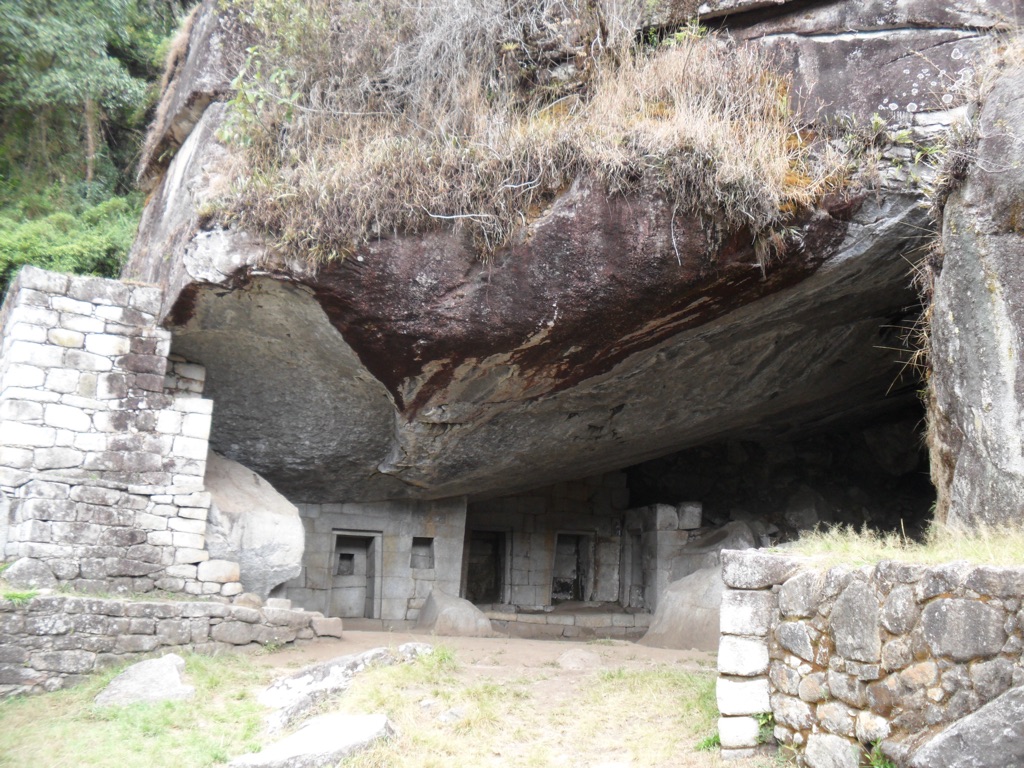
Unlike other parts of Machu Picchu, the Temple of the Moon is off the beaten path. It sits on the Huayna Picchu mountain, overseeing the main complex. The Inca carved the temple directly into the rock, a testament to their stone masonry skills. While the site was not inhabited in the traditional sense, it served as a place of worship and ritual for Inca priests and nobility.
The temple’s isolation and unique features suggest it played a significant role in Inca spirituality. It may have been the scene of important ceremonies, particularly those related to the moon. The Inca held the moon in high esteem, often associating it with femininity and fertility. The Temple of the Moon’s design and location align with these beliefs, as it provides a clear view of the sky for lunar observations.
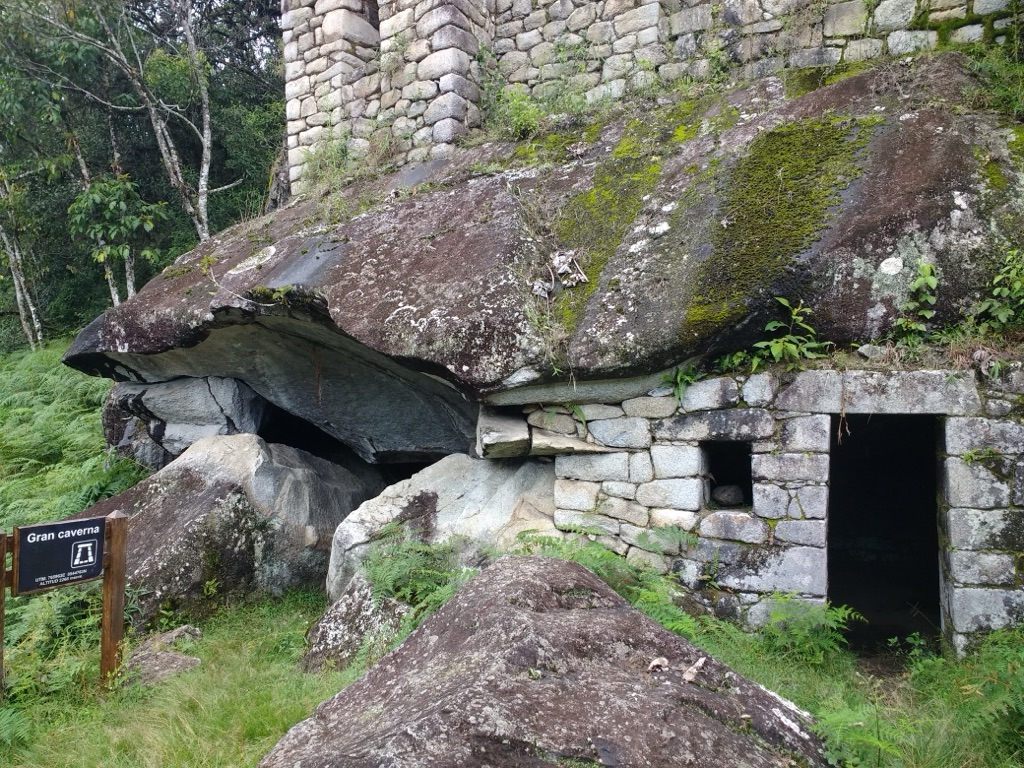
Archaeologists have not found evidence of large-scale conflict or historical events at the temple. Its significance lies in its religious and cultural importance rather than its role in historical events. The Inca abandoned Machu Picchu during the Spanish conquest, and the temple, like the rest of the site, fell into obscurity until its rediscovery in the 20th century.
The Temple of the Moon’s discovery and subsequent studies have shed light on Inca culture and their connection to the cosmos. While much about the temple remains unknown, ongoing research continues to unravel its mysteries. The site attracts scholars and visitors eager to connect with the past and experience the wonder of Inca ingenuity.
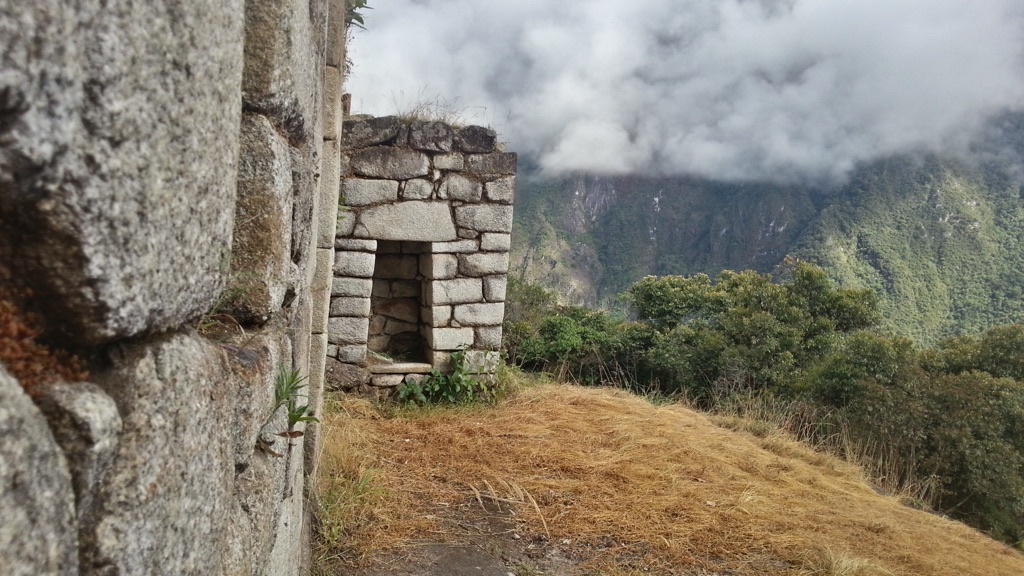
About the Temple of the Moon at Machu Picchu
The Temple of the Moon is an architectural marvel, showcasing the Inca’s mastery of stone masonry. They constructed the temple by carefully shaping and fitting large stone blocks without the use of mortar. This technique, known as ashlar masonry, has allowed the structure to withstand centuries of earthquakes and weathering.
The temple features a series of niches and altars carved into the rock face. These elements likely held religious artifacts or served as focal points for rituals. The stonework includes a throne-like structure, which may have been used by priests during ceremonies. The temple’s design integrates seamlessly with the surrounding landscape, reflecting the Inca’s belief in the harmony between nature and architecture.
One of the most striking features of the Temple of the Moon is the Great Cavern. This natural cave was enhanced by the Inca, who carved additional niches and designs into its walls. The cave’s interior holds a carved altar, suggesting it was a sacred space for offerings or other religious practices.
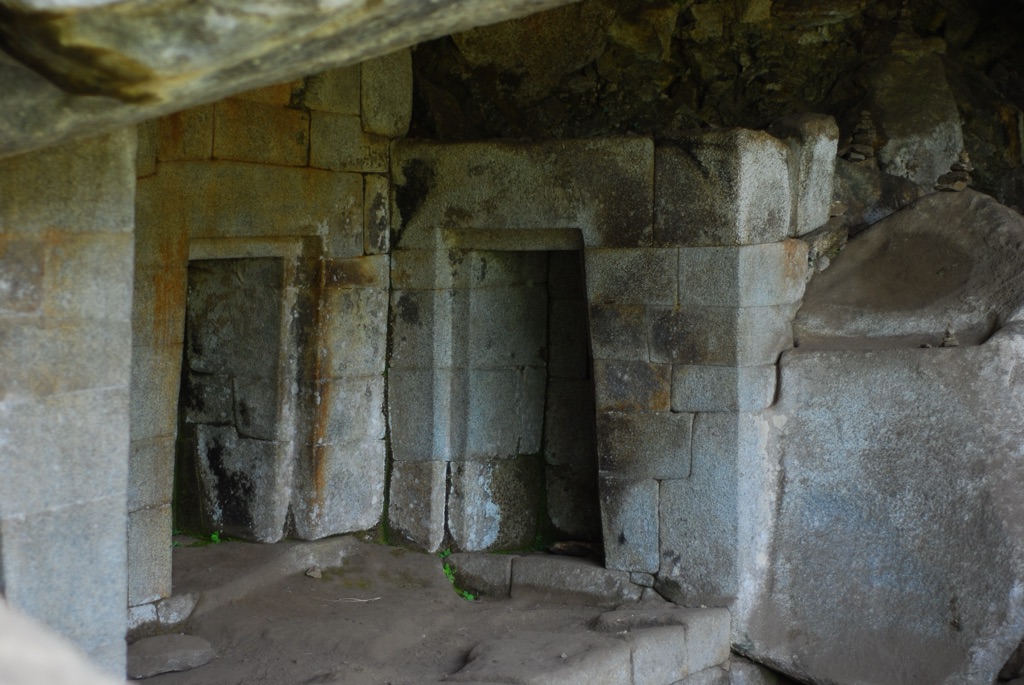
The temple’s location on Huayna Picchu provides a breathtaking view of the Urubamba River and the Sacred Valley. This strategic placement was not just for aesthetics; it also served a functional purpose. The temple aligns with certain astronomical events, indicating its use for celestial observations and timekeeping.
Despite its exposure to the elements, the Temple of the Moon has preserved much of its original form. Conservation efforts focus on maintaining the integrity of the site while allowing visitors to experience its grandeur. The temple remains a highlight for those trekking to Machu Picchu, offering a glimpse into the spiritual life of the Inca.
Theories and Interpretations
Several theories about the Temple of the Moon’s purpose have emerged over the years. Some scholars believe it served as an astronomical observatory, where priests tracked the phases of the moon. This theory aligns with the Inca’s known practices of celestial worship and their sophisticated understanding of astronomy.
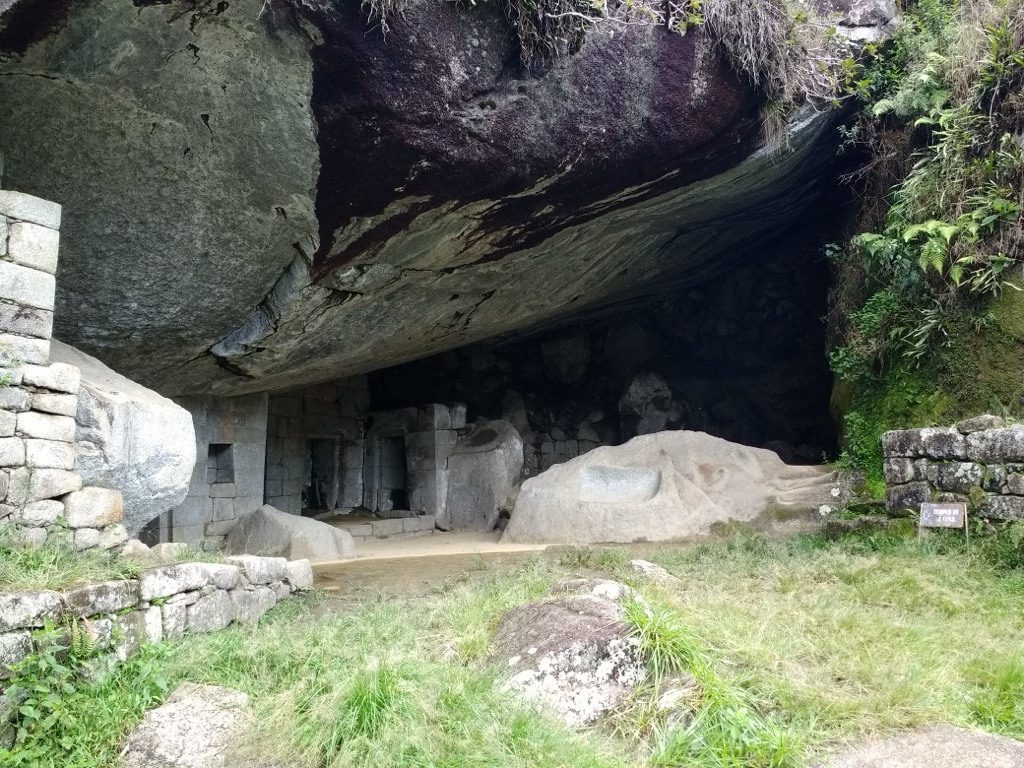
Others suggest the temple was a site for religious ceremonies dedicated to the moon deity, Mama Quilla. The Inca revered Mama Quilla as a protector of women and the regulator of menstrual cycles. The temple’s alignment with lunar cycles supports this interpretation, as does its secluded and sacred atmosphere.
Mysteries surround the Temple of the Moon, particularly regarding the significance of its carvings and altars. Some carvings may represent the Inca’s cosmology or serve as symbols of their deities. The altars could have been used for sacrifices or offerings, though no conclusive evidence has been found to confirm these practices.
Historical records from the Inca period are scarce, as the Spanish conquerors destroyed much of the Inca’s written materials. This lack of documentation has left room for interpretation and speculation about the temple’s use. Archaeologists rely on comparisons with other Inca sites and oral traditions to piece together its history.
Dating the Temple of the Moon has been challenging due to the Inca’s lack of a written calendar. However, modern methods such as carbon dating and analysis of construction techniques have provided estimates. These methods suggest the temple was built during the height of the Inca Empire, between the 15th and 16th centuries.
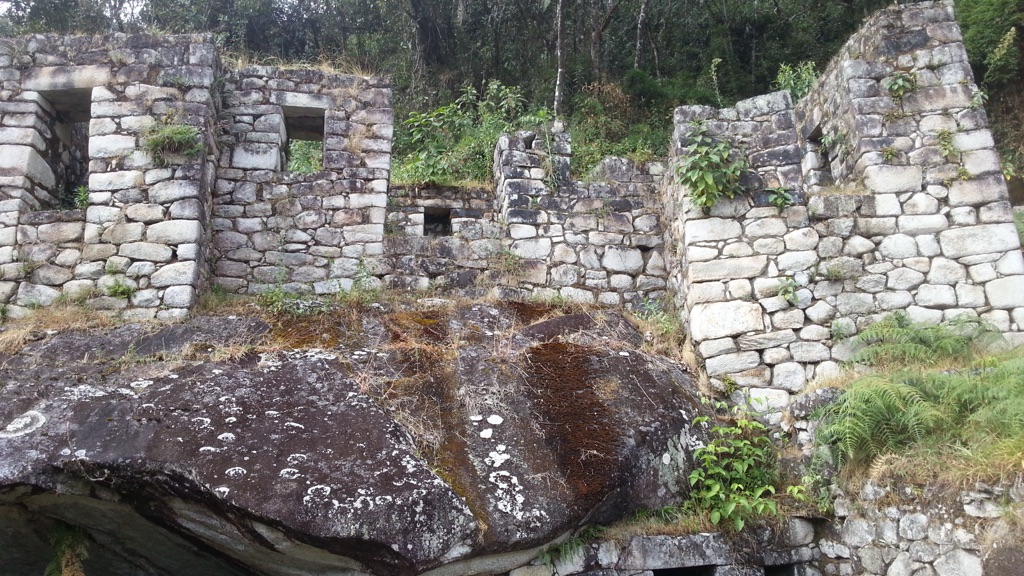
At a glance
Country: Peru
Civilization: Inca
Age: 15th to 16th century AD
Conclusion and Sources
Reputable sources used in the creation of this article include:

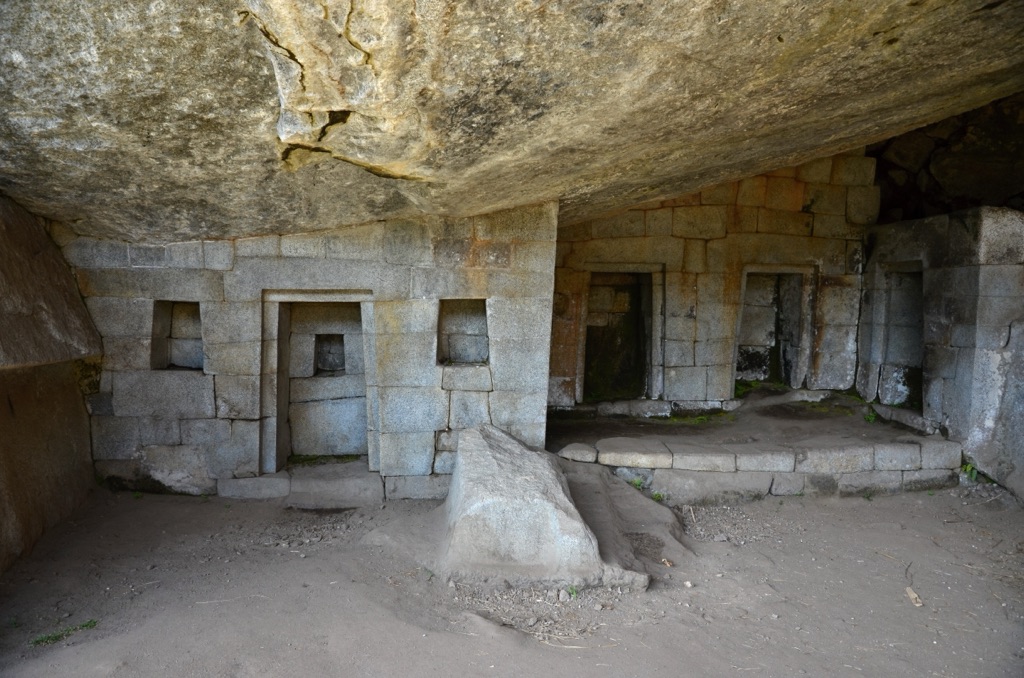
Interesting how the relics we shall leave for posterity will be the apex of nothing to see here.
Thank you for this post I never knew about the Temple of the Moon at Machu Picchu! ❤️